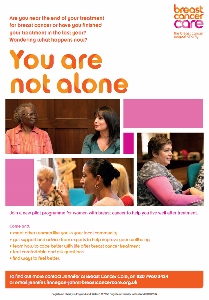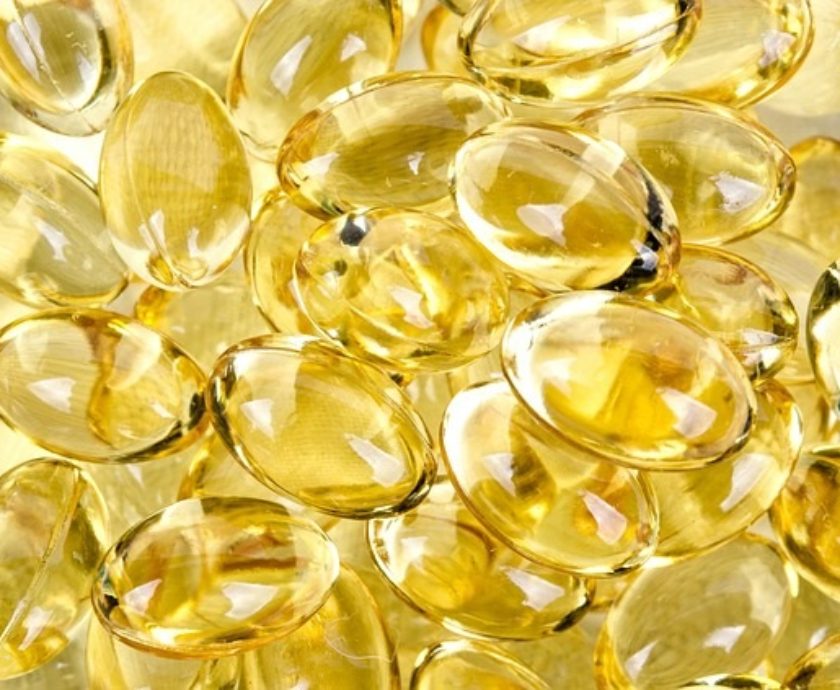
You might find the video below useful in understanding the bone formation process.
Oestrogen and Cardiovascular Disease
Oestrogen is thought to protect us from cardiovascular disease in a diversity of ways, some of which include: improving the function of our blood vessels, preventing atherosclerosis (hardening of the arteries) and controlling immune reactions that are important in cardiovascular function. This contributes to the fact that premenopausal women are at lower risk of developing heart disease than their male counterparts.
When a woman goes through menopause the reduction in oestrogen as well as other factors (increases in blood pressure and changes in cholesterol and fat levels) increases her risk of developing heart disease.
Oestrogen, Skin and Hair
 A number of studies over the years have shown that oestrogen plays a role in the health of our skin and hair, contributing to the following:
A number of studies over the years have shown that oestrogen plays a role in the health of our skin and hair, contributing to the following:
- Maintaining skin thickness
- Protecting skin from photo-ageing and skin cancer
- Accelerating wound healing
- Retaining moisture in the skin
- Stimulating hair growth
What this Means for Menopause
Understanding the role of oestrogen means that we can predict some of the changes that will take place after the menopause. It also means that we can start making changes to our lifestyle to combat the major health concerns that are associated with menopause (osteoporosis and cardiovascular disease).
Adopting a healthy lifestyle before, during and after menopause can help lower our risk of osteoporosis and cardiovascular disease and all women should pay particular attention to developing a lifestyle that encourages a healthy heart and strong bones. This can be achieved by:
- Keeping active – women are less likely to suffer from severe post-menopausal osteoporosis if they are fit and active. This is because exercise helps strengthen our bones. In addition, keeping active helps maintain a healthy heart.
- Eating a diet rich in calcium (dairy products, green leafy vegetables, oily fish and calcium-fortified foods) and don’t forget vitamin D as it helps us absorb calcium (sources of vitamin D include sunlight, oily fish, eggs, fortified cereals and fortified fat spreads).
- Eating a diet that is low in fat and high in fibre, fruit and vegetables.
In most cases, menopause will cause a number of symptoms that we haven’t discussed in this blog, to find out more about these read our previous blog or visit Menopause Matters’ website.












